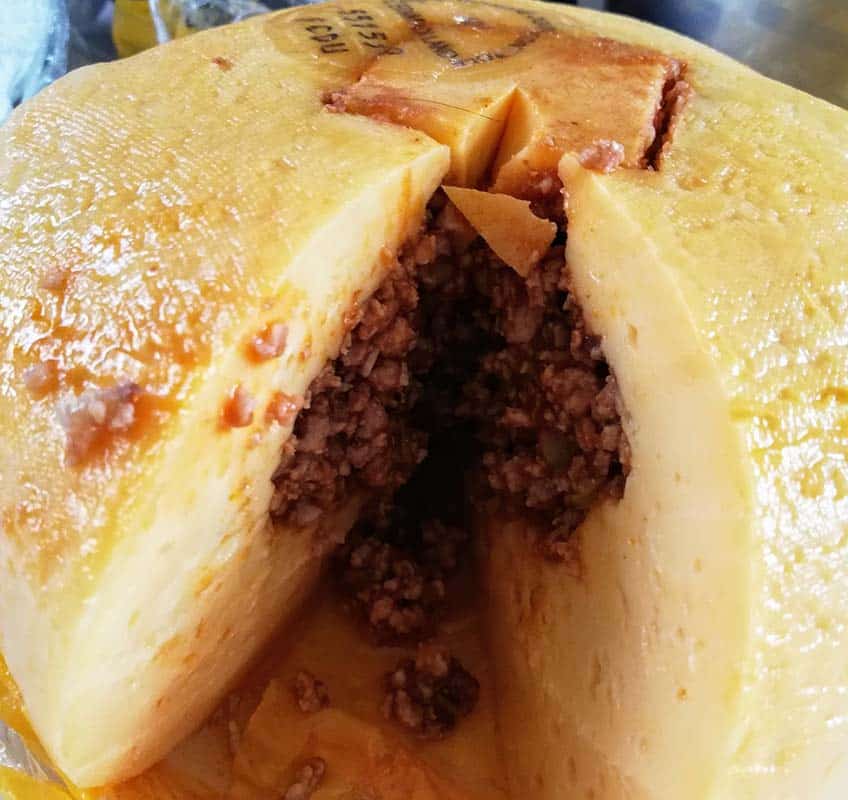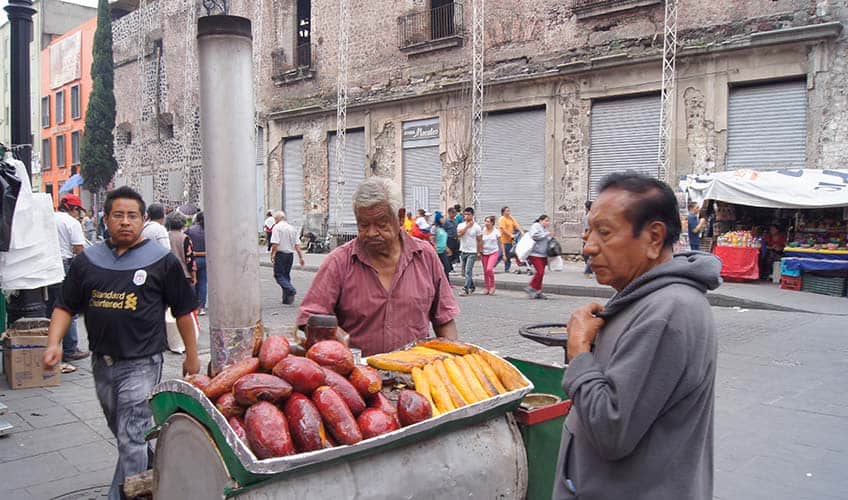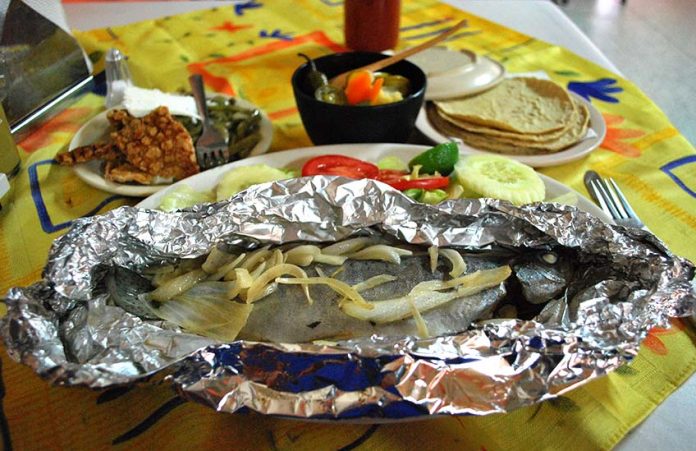Mexicans eat that too? Surprisingly familiar-looking foods found in Mexico
There has been much commentary on unusual Mexican food, with bugs and weird animal body parts always good for clickbait. Let’s put these aside, along with commercial crops like berries, which have not (yet) made their way into Mexico’s myriad of cuisines.
Mexican food has evolved greatly since the conquest of Tenochtitlán, and that evolution continues. Because of this, novice foreigners might find some surprisingly familiar-looking dishes.

My inspiration for this article was trout — yes, trout. Believe it or not, Mexico produces over 4,000 tons of rainbow and other types of trout per year in 18 states. The fish was first introduced in México state at the end of the 19th century as a source of protein for those living in very high mountain areas. Today, Mexico’s cooks prepare it in a variety of ways, and it can be found in restaurants in tourist areas such as the Bosque de las Truchas in Hidalgo.
Shrimp is by far the best known of Mexico’s shellfish, but mollusks such as clams and oysters can be found in various coastal areas — and even lobster in some places. The most famous freshwater fish is the charal, which kind of looks like a small sardine but does not taste like one; even catfish can be found.
Sheep and goats were introduced early, but their meat is found mostly as barbacoa in central Mexico, birria in western Mexico and cabrito in the north.
Wheat was the Spaniards’ staple, but it never displaced the corn tortilla as the definitive “bread” of Mexico. It did manage to find its way, however, into the cuisine in the form of sweet yeast breads usually served with hot beverages like coffee and chocolate. Their forms and flavors will be familiar to most Westerners.
One bread has an interesting twist — pan de pulque, or pulque bread. It developed in Tlaxcala, using native fermented pulque to substitute for the then very expensive yeast. This bread is still made today, found from Mexico City to as far north as Coahuila.
Bread is almost exclusively bought rather than made at home. This is because Mexican home cooking does not often include the oven.

Many foreign fruits were introduced by the Spanish with varying success. Apples were introduced in Puebla early, then later in places like Querétaro and northern Mexico. As a result, Puebla developed a cider industry, paralleling the beverage’s popularity in Europe and Anglo-America.
Puebla cider still exists, but it tends to be very sweet with a minimum of alcohol. You can also find some apple baked goods and an apple salsa in Zacatlán.
Cumin and oregano were introduced by colonial-era immigrants from the Canary Islands and are now staples in northeast Mexico and Texas. Sugar cane does well in hot and humid areas in eastern Mexico, and Mexico does have rum and other cane-based alcohol, often under various names and mixed with fruit and other sweet flavorings.
One unusual colonial-era introduction is Edam cheese in the Yucatán, most often seen in the dish queso relleno, where the cheese is stuffed with a meat preparation. It is thought to have been introduced by the Dutch from their colonies in the Caribbean.
Arrivals after the colonial period have introduced both foods and food preparations. Possibly the most famous of these is the paste, Mexico’s riff on the Cornish pasty, introduced by British miners in the 19th century. It is one of the definitive foods of Pachuca, and very popular among intercity bus travelers in central Mexico.

Christians in the late 19th and early 20th centuries migrated from what is now Lebanon, bringing the shawarma/gyro, which got renamed “Arab tacos,” then reinvented as tacos al pastor: what attracts attention here is that both versions are still cooked on the vertical spit.
More recent immigration and globalization has had some effect on Mexican cuisine, especially regionally. Hamburgers, pizza and hot dogs are ubiquitous in most of the country. Localization of these has resulted in some unusual twists, such as mole pizza and Sonora’s famous dogo, a hot dog with many toppings on a bolillo-type roll.
One of the most recent introductions is sushi, and while relatively authentic versions are widespread, it is definitely going through the same localization process, with chili-infused soy sauce, a larger filling-to-rice ratio, lots of cream cheese and a wider variety of fish and meat in the center, often mashed and mixed with mayonnaise.
More than a few native foods, however, have been forgotten or marginalized in Mexico, even as they (or their cousins) became popular abroad. Perhaps the most curious of these is the turkey.
It was hunted, and even domesticated, by the Mesoamericans, but since meat was only a small part of their diet, European meats became the norm. Only in the Yucatán Peninsula can one find a variety of native dishes featuring this bird. Oddly enough, in the rest of the country, turkey is most often eaten as a special meal for Christmas/New Year’s.
Markets would lead you to believe Mexico only has the introduced button and oyster mushrooms, but the many wild mushroom varieties in forested highlands are making a comeback, both in the areas in which they grow and in gourmet markets like San Juan in Mexico City.

Finally, one other food that does not seem to be native is the yam/sweet potato. Today, you can find it at markets, but if you live in Mexico City, you know it from the wandering street vendors pushing a wood-fired cart and making a loud, high-pitched whistle impossible to forget.
Leigh Thelmadatter arrived in Mexico 18 years ago and fell in love with the land and the culture in particular its handcrafts and art. She is the author of Mexican Cartonería: Paper, Paste and Fiesta (Schiffer 2019). Her culture column appears regularly on Mexico News Daily.

No comments:
Post a Comment
Thank you. Comments are welcome.
ivan